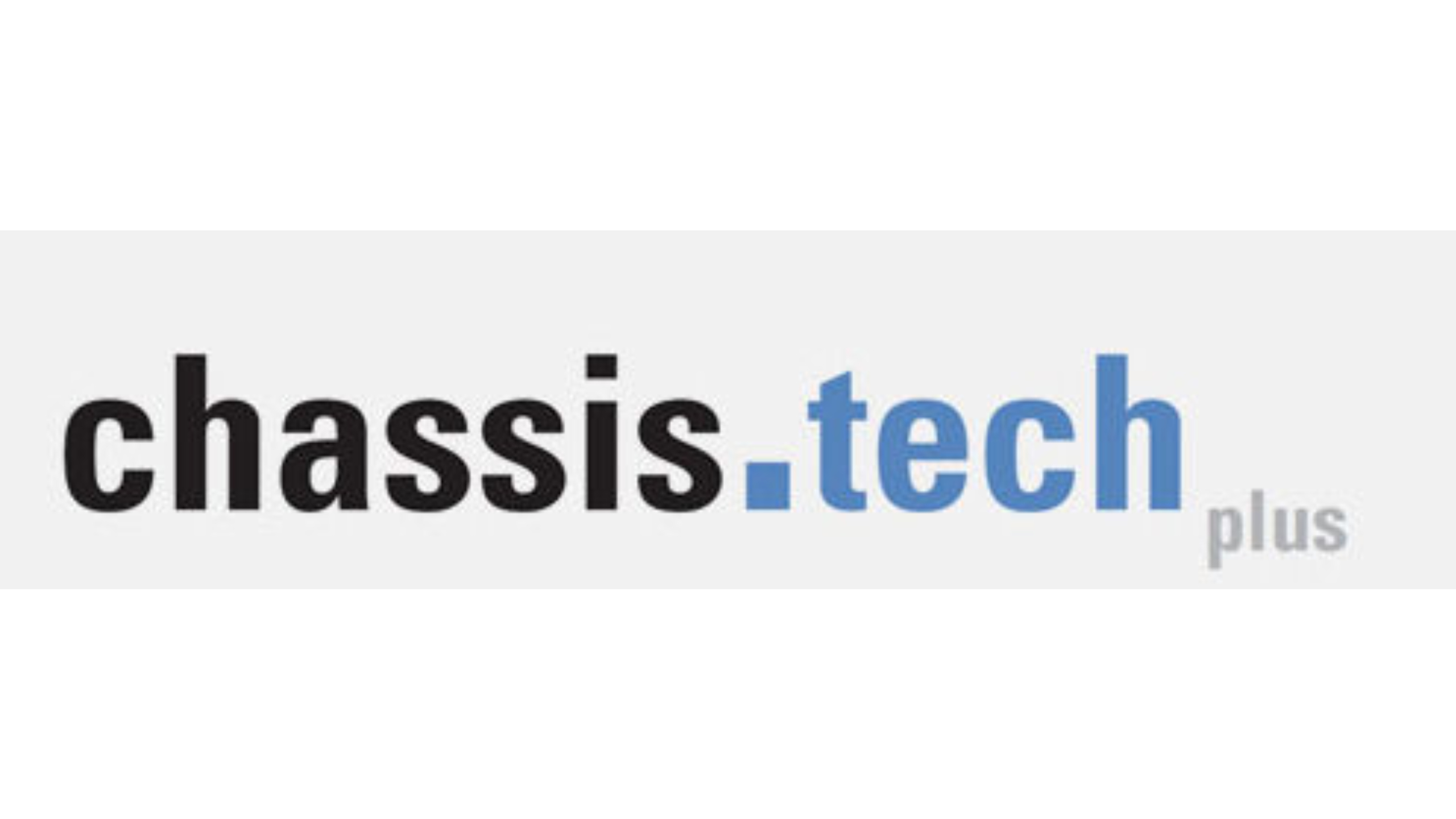China – HMI Wonderland
Different country, different HMI system – manufacturers must adapt user interfaces to local conditions before launching them on the market. Especially in China, HMI solutions that are particularly unusual for Europeans are in demand. That’s why IAV is significantly expanding its capacities in China and offering versatile tech solutions, from concept studies to series development.
Putting on customer requirements at the center
IAV has been active in HMI development for the Chinese market for years, from concept studies to series development. The employees on site investigate the current needs on the market and cooperate with local research institutes and partners. Customer needs are also the focus of concept development – together with Chinese design companies.
»In order to be even closer to the end customers, we are currently transferring a lot of expertise from Germany to China.«
— Head of Department for HMI Software
Among the peculiarities of the Chinese market are “intelligent co-pilots” – either taking the form of avatars on the infotainment system screen or special hardware on the dashboard. They greet the driver when they get into the car or recommend a break if the person behind the wheel seems tired. “Chinese customers also attach a great deal of importance to having several monitors in the vehicle,” says Dr Marcus Heinath, Head of UX & HMI Development. “These can then be used to play games when they get stuck in a traffic jam; something that is very much part of everyday life in Chinese cities. Instead of a controller, the steering wheel with its buttons can then be used as an input device.” Another key factor for Chinese customers is the seamless integration of the smartphone into the vehicle: all profiles and apps must be directly available there. And finally, the market in China for intelligent voice control is growing, so voice operation of vehicle functions will also become much more relevant.
IAV has been developing series software for infotainment systems for the Chinese market for around four years now. Up to now, existing modules have primarily been adapted for the Chinese market – for instance in terms of design or with a view to additional features. Soon, however, this process will also be increasingly shifted over to China. “Here, it is important to note another peculiarity: Chinese OEMs do not use their own operating system or framework for their HMIs,” according to Räth. “Instead, they use Android. So, we have been building upon our own expertise in this area too.”

On-site backup
This also applies to the last step of HMI development, the backup. It must be done locally with a dedicated team because test drives must take into account local traffic conditions and Chinese online services. When evaluating HMI systems, Räth and his team also rely on user tests in China and on the “ObjectivO” tool they developed themselves, which HMI experts can use to determine whether a solution complies with the current guidelines (e.g. regarding the potential for distraction for the person behind the wheel).
There are already many vehicles on the road in China with HMI software from IAV – including the latest versions of infotainment systems for electric vehicles from well-known OEMs. However, adaptation to local peculiarities need not remain a one-way street: In the future, HMI experts could also help Chinese OEMs gain a foothold in this country, thereby transforming the credo into “In Europe, for Europe”.


